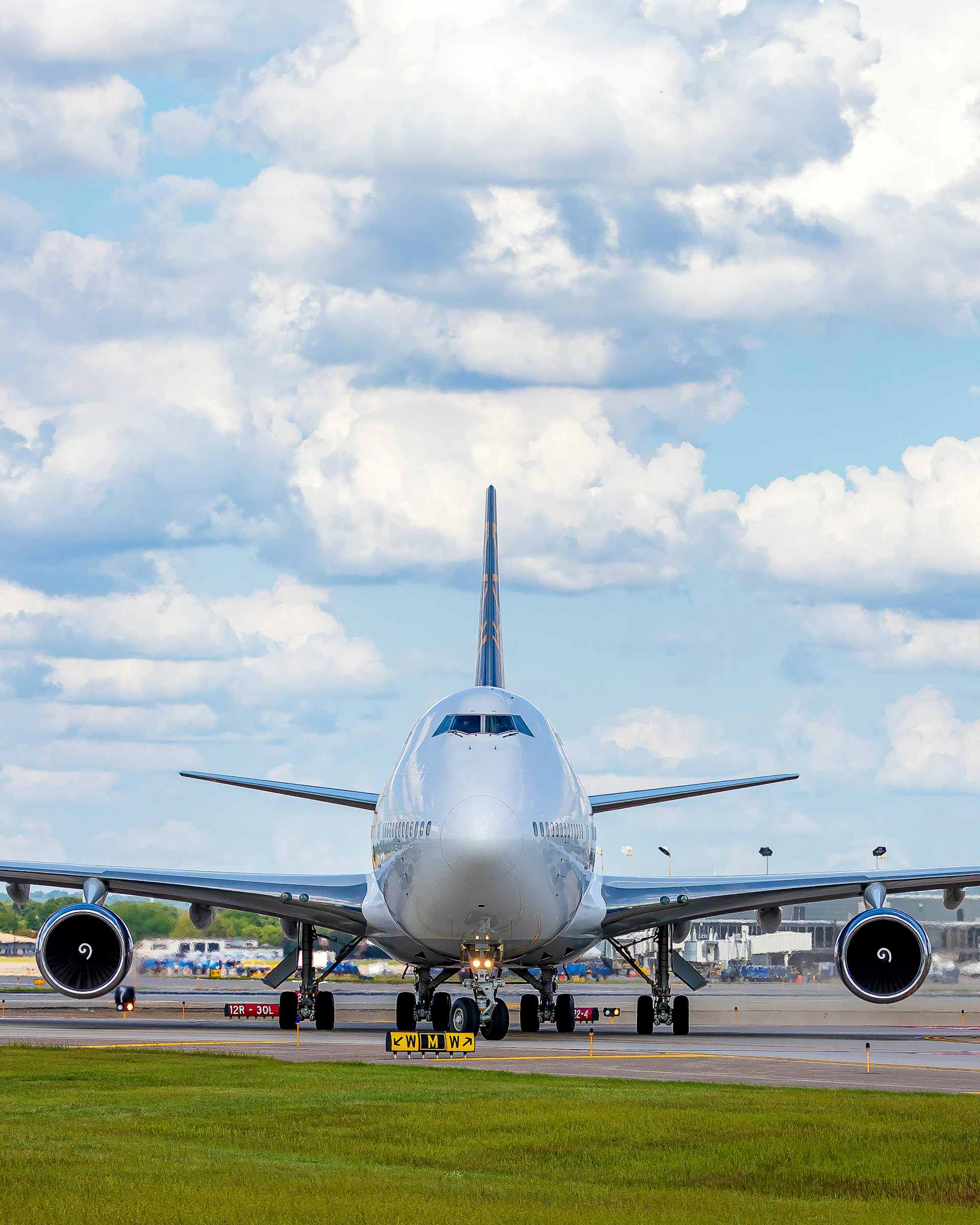Spirit Airlines has officially emerged from Chapter 11 bankruptcy, unveiling a strategic shift aimed at strengthening its financial position and rebranding its image in the competitive airline industry. The budget carrier, known for its ultra-low-cost model, has announced plans to introduce premium services, marking a significant departure from its traditional no-frills approach. This transition reflects broader industry trends where airlines are increasingly focusing on high-value offerings to attract more affluent travelers and improve profitability.
The restructuring process allowed Spirit to convert $795 million of its debt into equity while securing a fresh $350 million equity investment from existing investors. These financial maneuvers were crucial in stabilizing the company’s operations and positioning it for long-term success. With rising operational costs and a shifting consumer preference for enhanced travel experiences, Spirit’s move toward premium offerings is both a strategic necessity and an opportunity to redefine its market presence.
Airlines across the industry are embracing similar strategies. Major carriers have been investing heavily in first-class cabins, upgraded in-flight services, and exclusive airport lounges to cater to a more premium segment. British Airways, for example, has revamped its luxury offerings, while JetBlue recently introduced high-end airport lounges in New York and Boston. These moves suggest that airlines are no longer solely competing on low fares but are also prioritizing customer experience and differentiated service tiers.
Spirit’s evolution will likely impact the budget airline sector, particularly as competitors assess whether to follow suit or double down on ultra-low-cost strategies. For travelers, the shift could mean access to better amenities, more comfort, and a wider range of fare options. However, it remains to be seen how effectively Spirit can balance its affordability appeal with premium upgrades without alienating its core customer base. As the airline repositions itself, the success of its new approach will depend on execution, pricing strategies, and customer response in an increasingly dynamic travel market.


